We began the day at the Great Basin Visitor Center in Baker, NV, just a half mile from Whispering Elms RV Park where we are staying, and couple of miles from the National Park.
Exhibits in the visitor center provide a great overview of the park and the points of interest here. The national park was established in 1986, and encompasses a small portion of the Great Basin (North America’s only cold desert and its largest). A desert receives less than 10” of precipitation per year but can be either hot or cold. The basin is approximately 500 miles in diameter and 4,000-5,000’ above sea level. It was named by John Charles Fremont who explored the region in 1843-1844.
Because of the unique geology of the region, there is no outlet for water. Streams and rivers in the Great Basin never leave it. Most of the precipitation here is snow creating many temporary, seasonal lakes and streams when it melts in spring. Another unique feature of this region is the night sky. Because of the remote location of this national park, stargazing is another activity that draws many visitors. Ranger-lead programs are also held (telescopes provided). Dates and times are available at the visitor center.
Thirteen peaks are above 11,000’ in the South Snake Range (a desert mountain island) in Great Basin NP. Mount Wheeler (13,063’) is the highest peak in the park. The trail to the summit is 8.2 miles round trip with an elevation gain of 2,900’. Snow can fall any time of the year at that altitude, so hikers must be well prepared. Limber and bristlecone pines grow just below the tree line. Bristlecone pines are the oldest livings things on earth! Those at the highest altitudes (and harshest environment) live the longest...sometimes up to 5,000 years! A three-mile round-trip trail leads to a bristlecone pine grove (unfortunately, no pets allowed on any of the trails here).
On display is a cross-section of a bristlecone pine (cut down in 1964 for research purposes) that was 4,900 years old. It was a sapling when the pyramids of Giza were built! Named Prometheus, it has provided significant data to the scientific community about these fascinating trees. The sample shown below shows 2,920 rings.
Native Americans have inhabited this region for thousands of years. Petroglyphs (rock carvings) and pictographs (rock paintings) have been found in multiple locations here. Most feature game animals. When Fremont Indians inhabited the region, they raised crops (with irrigation) in the valleys and hunted in the mountains from 1100 to 1300 AD.
The South Snake Range can be seen in the distance from the pergola next to the Visitor Center.
With a park map in hand, we headed out to Wheeler Peak Scenic Drive. First, however, we stopped at a display we saw along the side of the road.
The 400-acres (contiguous to the national park) were donated to the Nevada Land Trust. This exhibit is dedicated to the ranchers an their long-term commitment to the land. The livestock industry is the cornerstone of the Great Basin economy.
Our first stop in Great Basin NP was at the Osceola Ditch Trailhead. The trail (10.4 mile round trip) follows a portion of the 18-mile ditch built in 1890 to divert water from Lehman Creek to Osceola, a mining town. Over $2M in gold had been found in Osceola, but lack of water hindered mining efforts. The diverted water was used to expose gold hidden underneath the mountain sides. An ambitious plan (almost $110k at the time) proved to be more costly than the profits. By 1901, the ditch was abandoned. We only hiked about a mile on the mountain trail, but it was lovely.
The Mather Overlook provides expansive views of the park and a plaque commemorating Stephen Mather, the man credited with establishing and leading the National Park Service. We have seen this very same plaque at many national parks throughout the country.
More spectacular views can be seen where the Scenic Drive ends near Wheeler Peak.
Continuing to the end of Wheeler Peak Scenic Drive, there is a large parking area, interpretative signs, and access to multiple trailheads. The Glacier Trail (4.6 miles) leads to the Wheeler Peak Glacier, the southernmost glacier in North America. It is the sole remaining glacier in the park and is expected to disappear in the next 20 years.
The Lehman Cave Visitor Center is where you can purchase tickets for cave tours. Ranger-led stargazing programs are also held here two nights a week.
Another interesting display here is the “Forgotten Winchester.” In 2014, archeologists unexpectedly came upon a 132 year-old Winchester Model 1873 Lever Action rifle leaning against a tree. It remains a mystery as to who left the iconic western firearm there and why.
Absolom Lehman started a ranch here in 1869. He discovered the cave in 1885, explored it, and eventually began giving cave tours. In 1922, Lehman Caves was designated a National Monument. Next to the visitor center is a restored cabin, one of nine that were used as guest lodges from 1928-1933. In addition to the cabins, the resort had a log lodge, dance hall, and dining room
All other sections of the park have dirt roads and are only accessible with high clearance vehicles. For additional information about Great Basin National Park, go to www.nps.gov/grba.
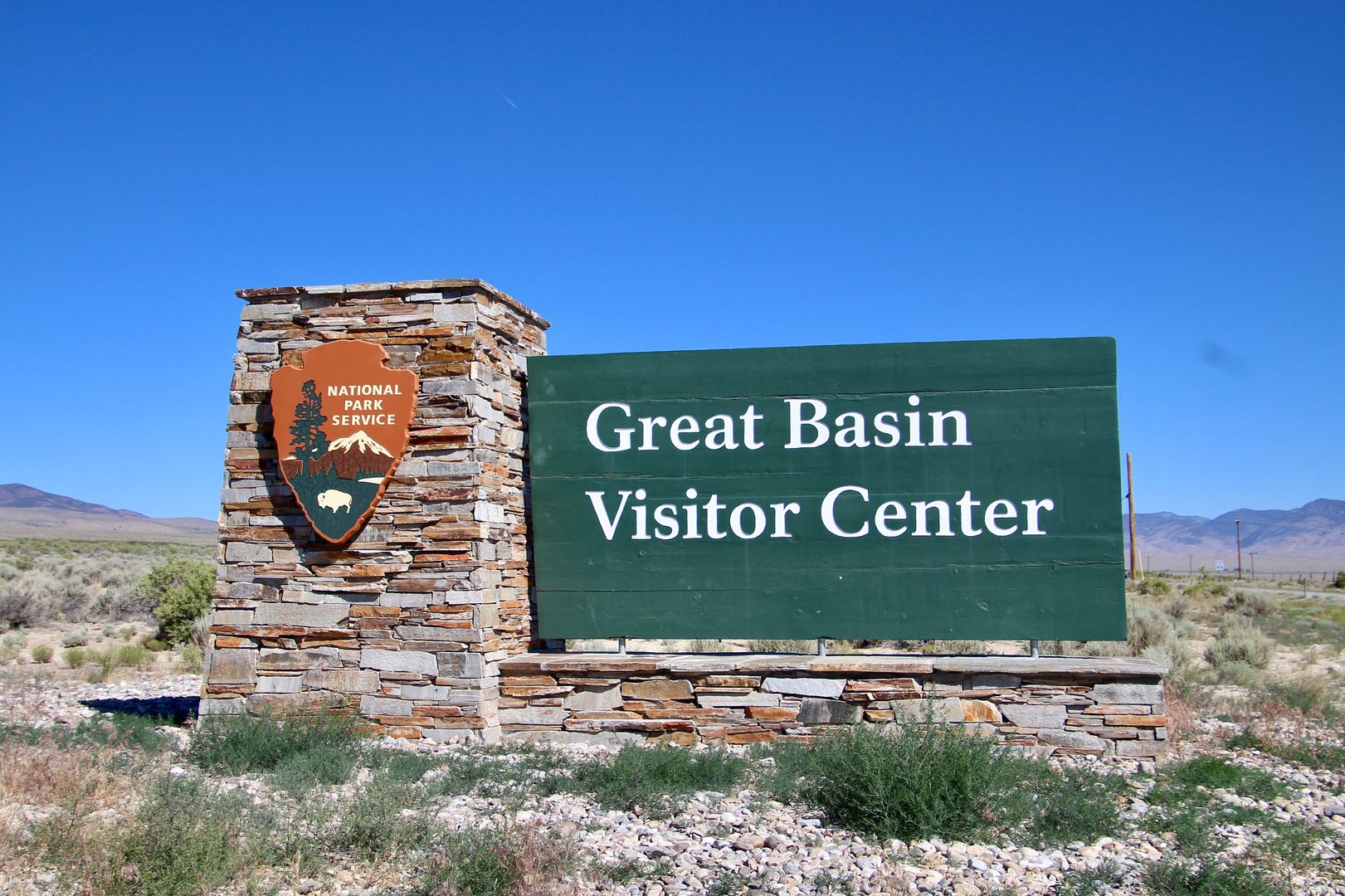
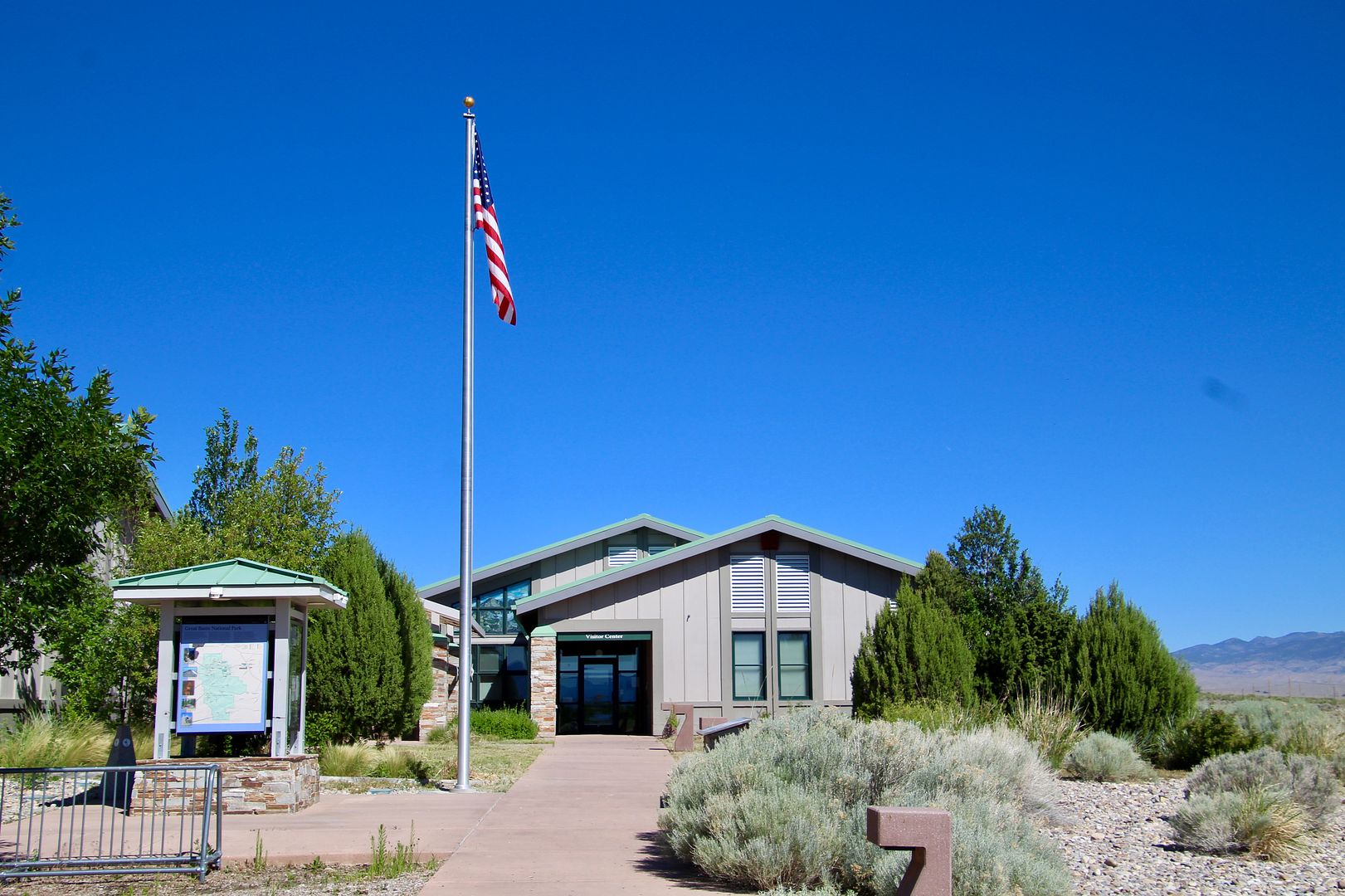
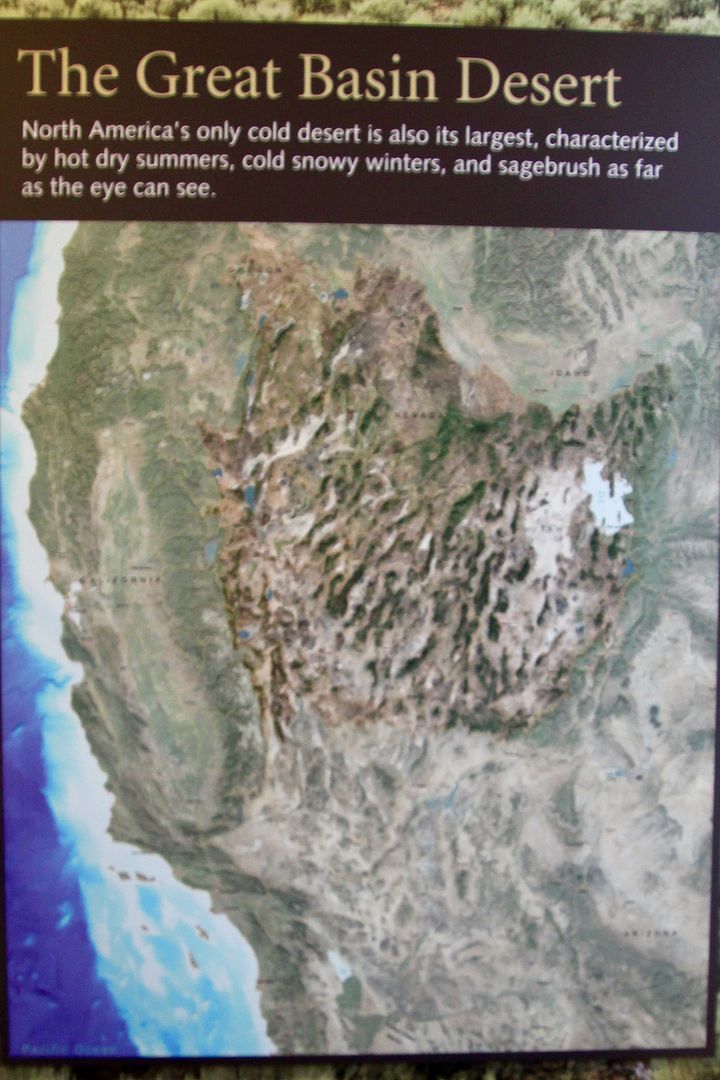
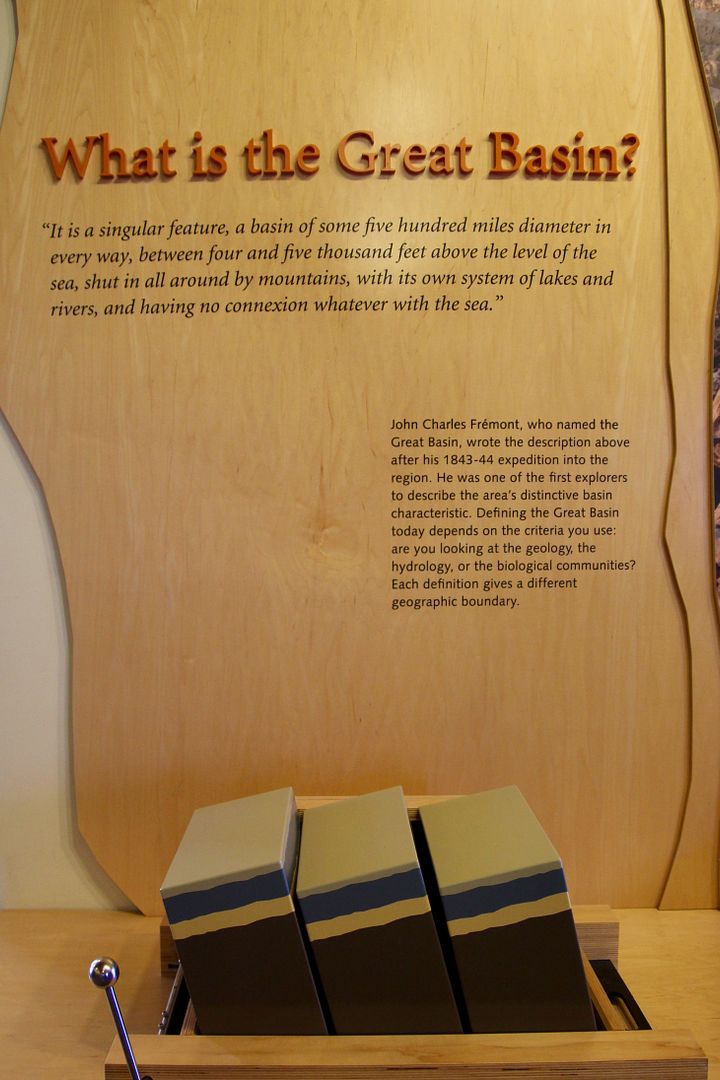

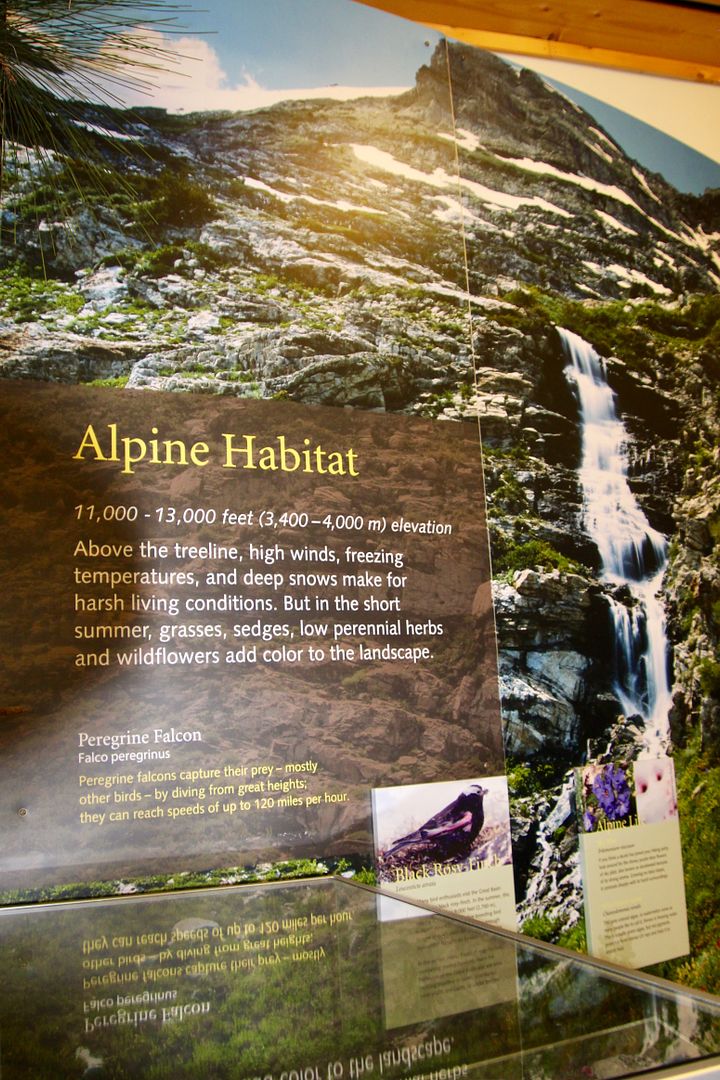
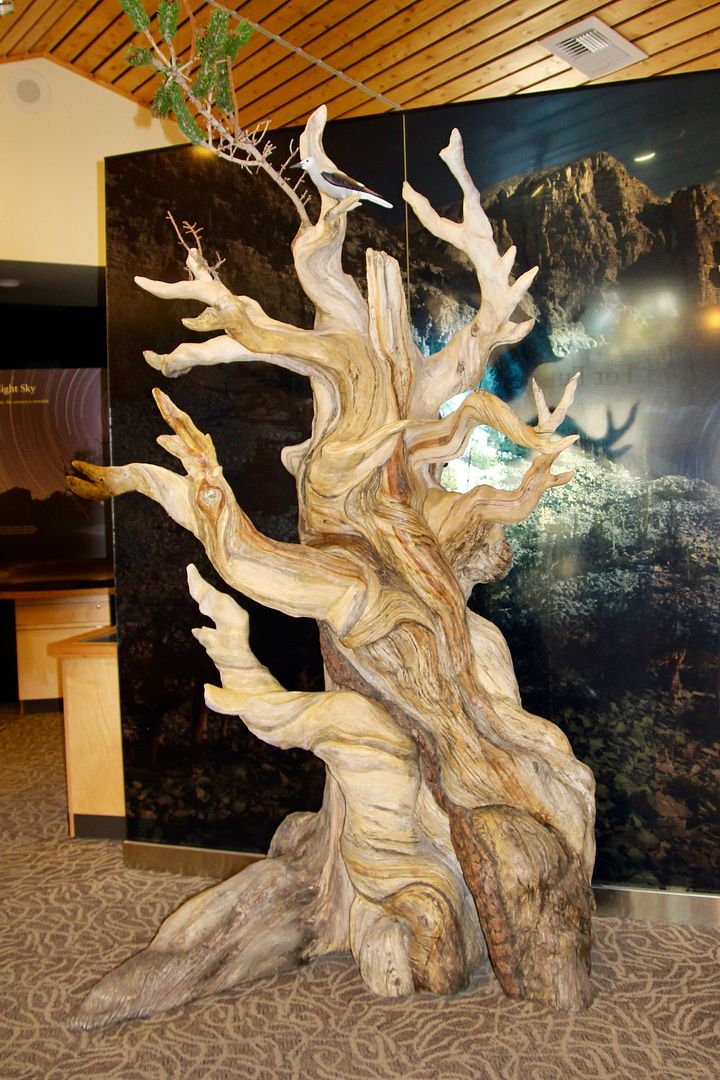
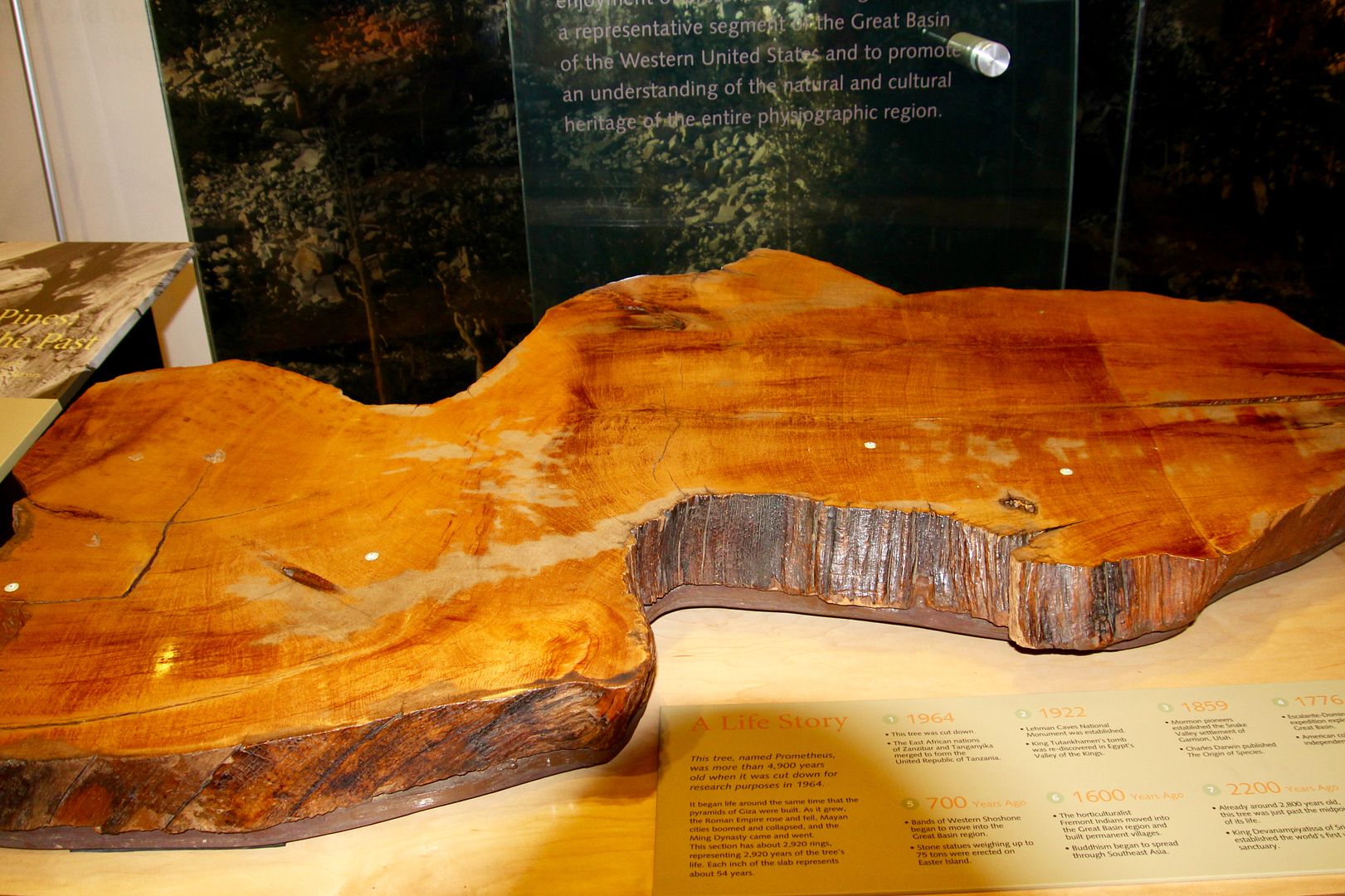
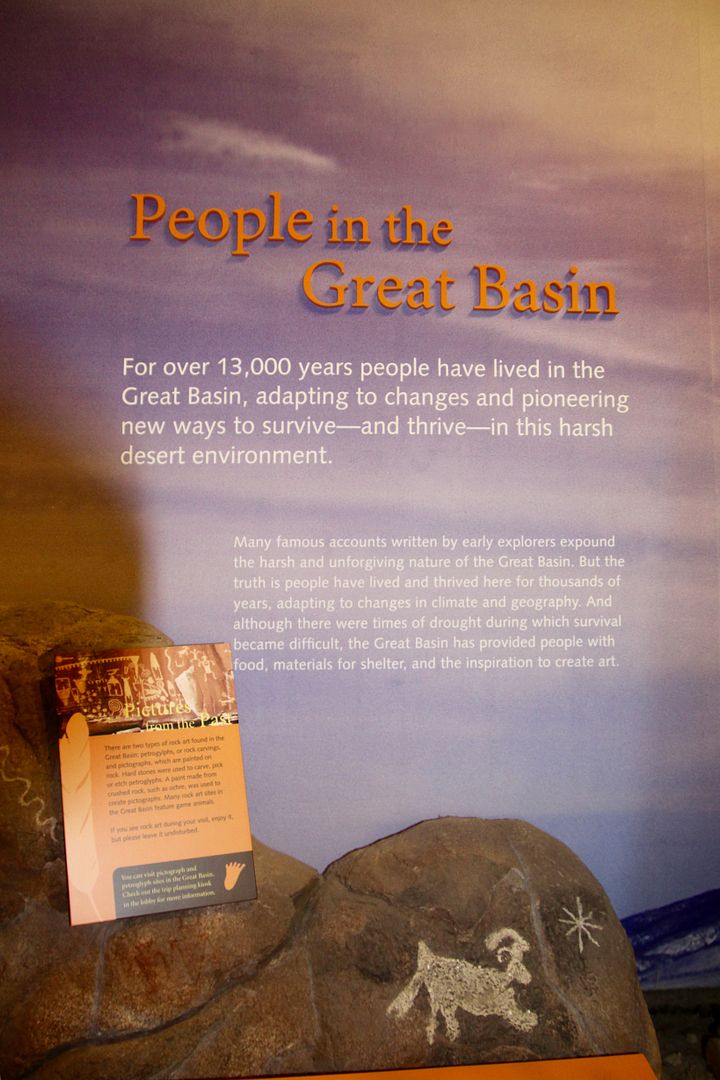
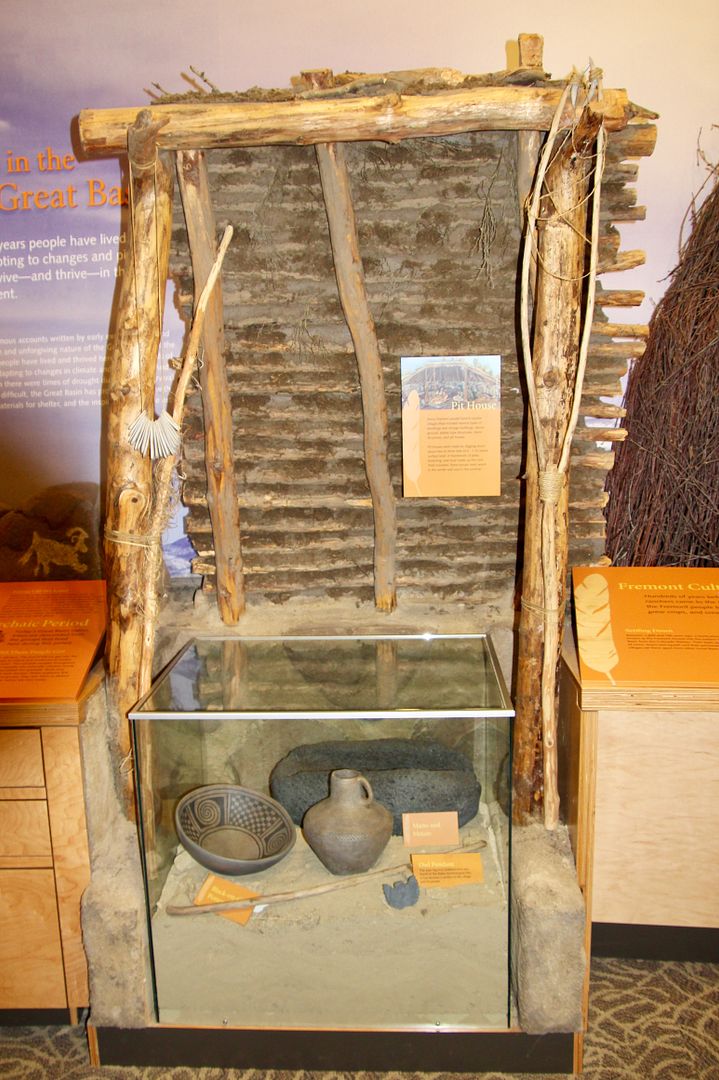
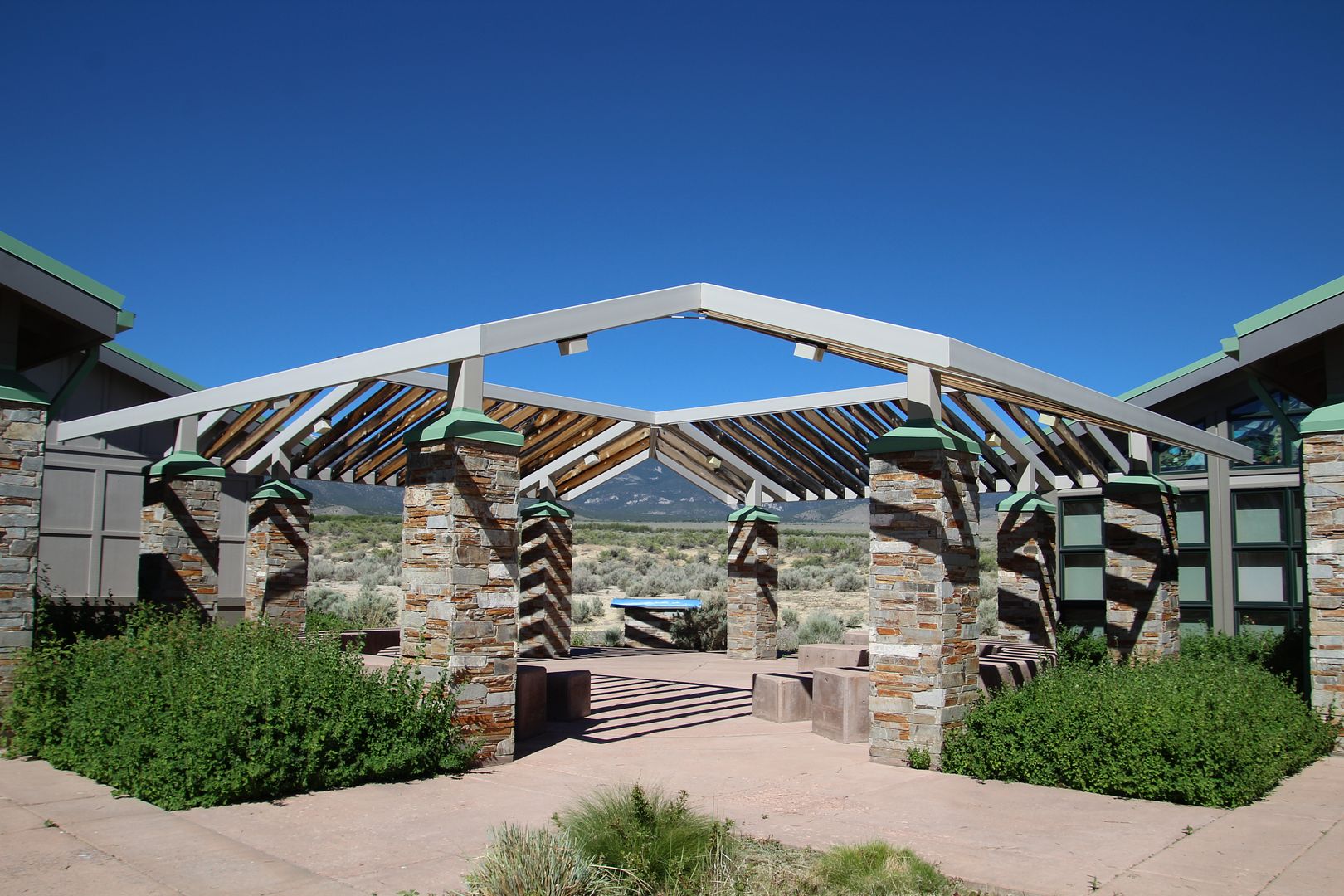
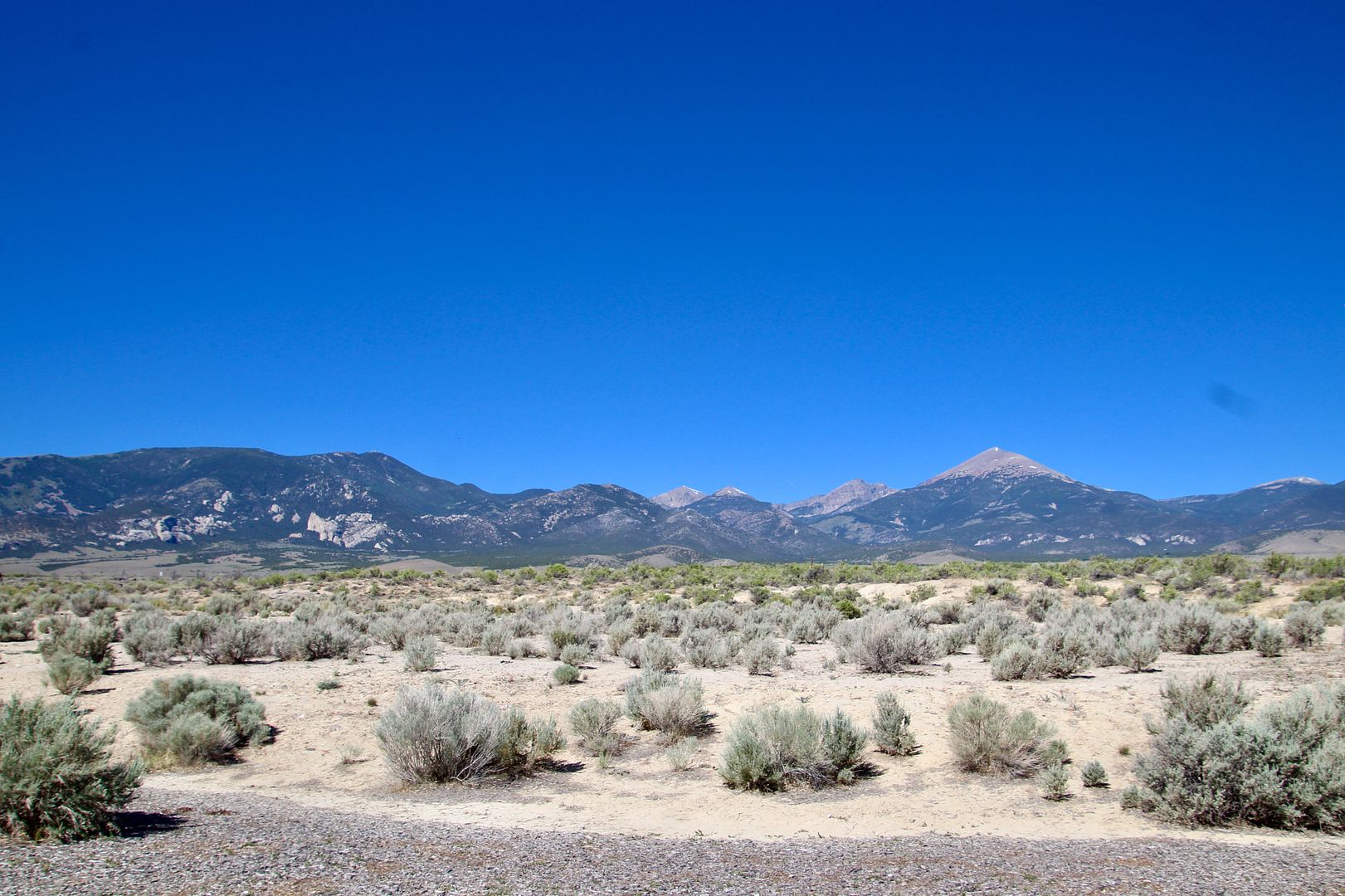
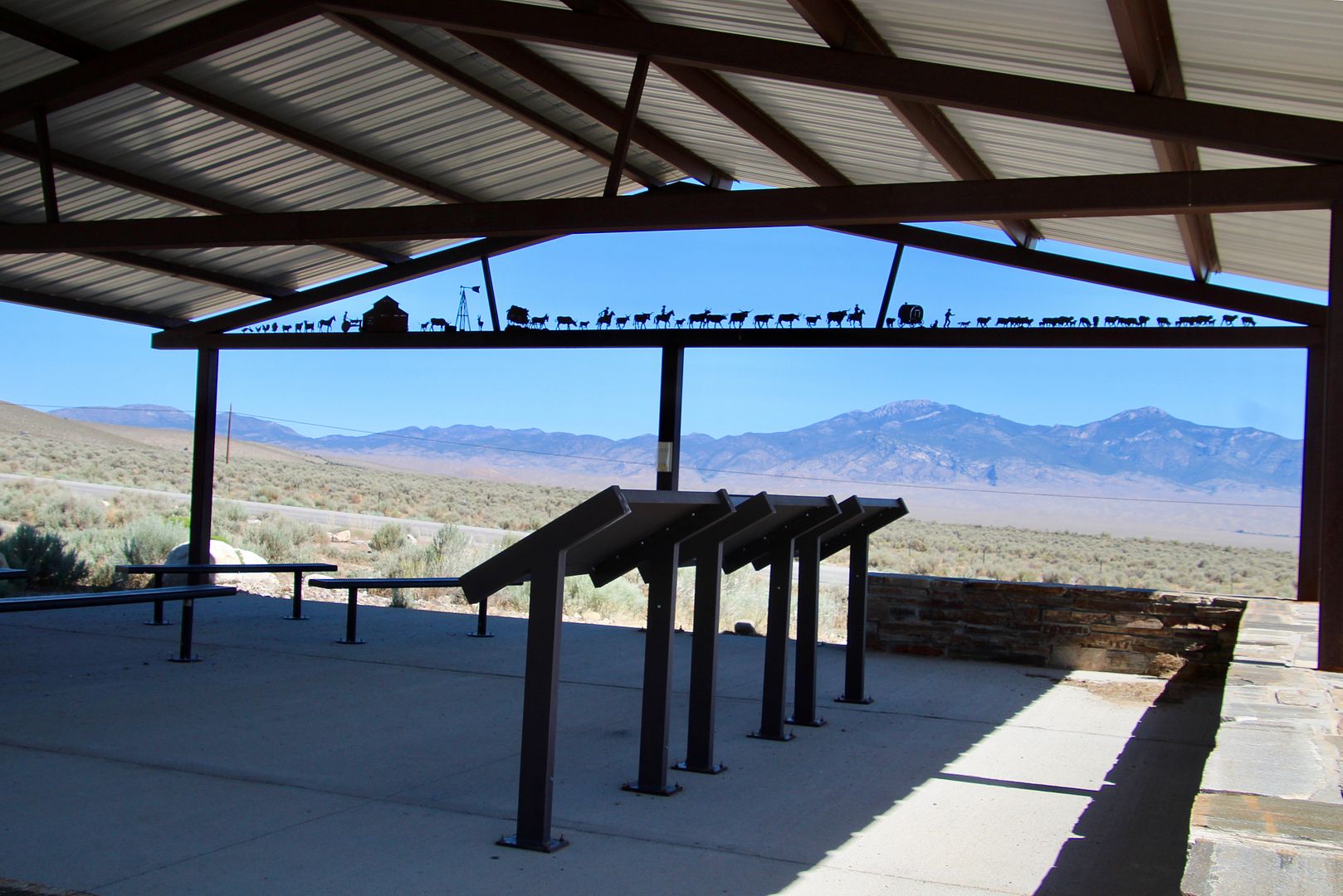

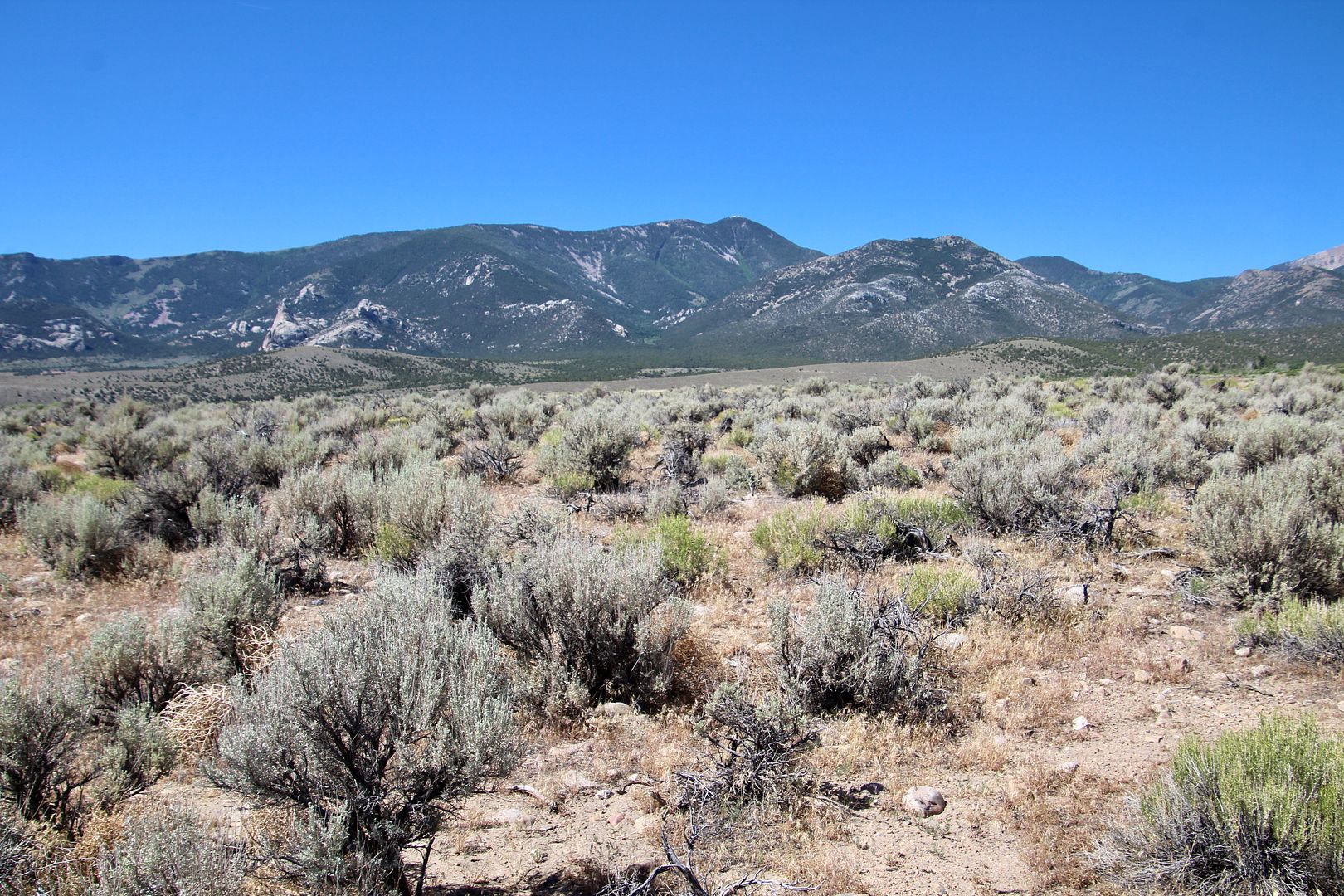
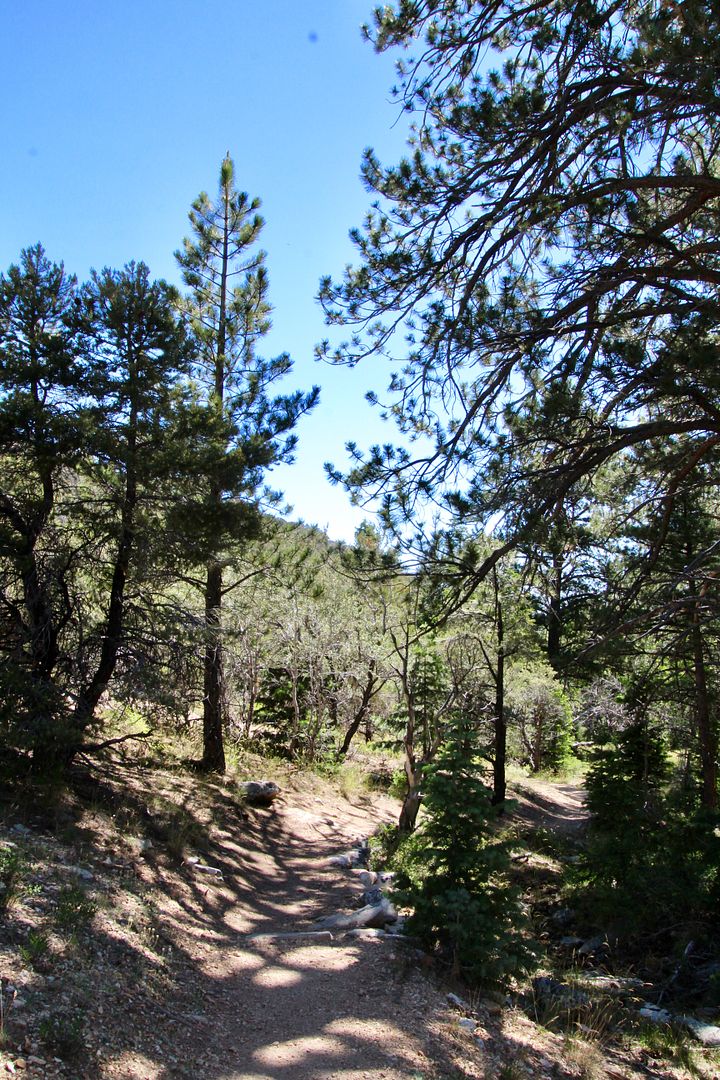
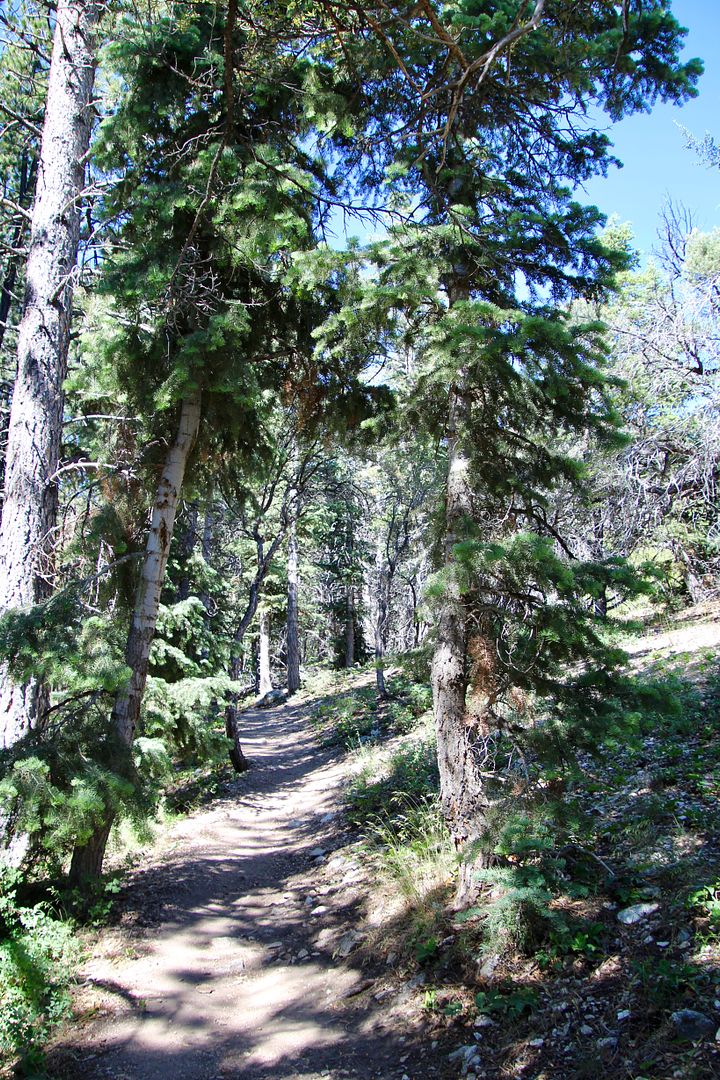

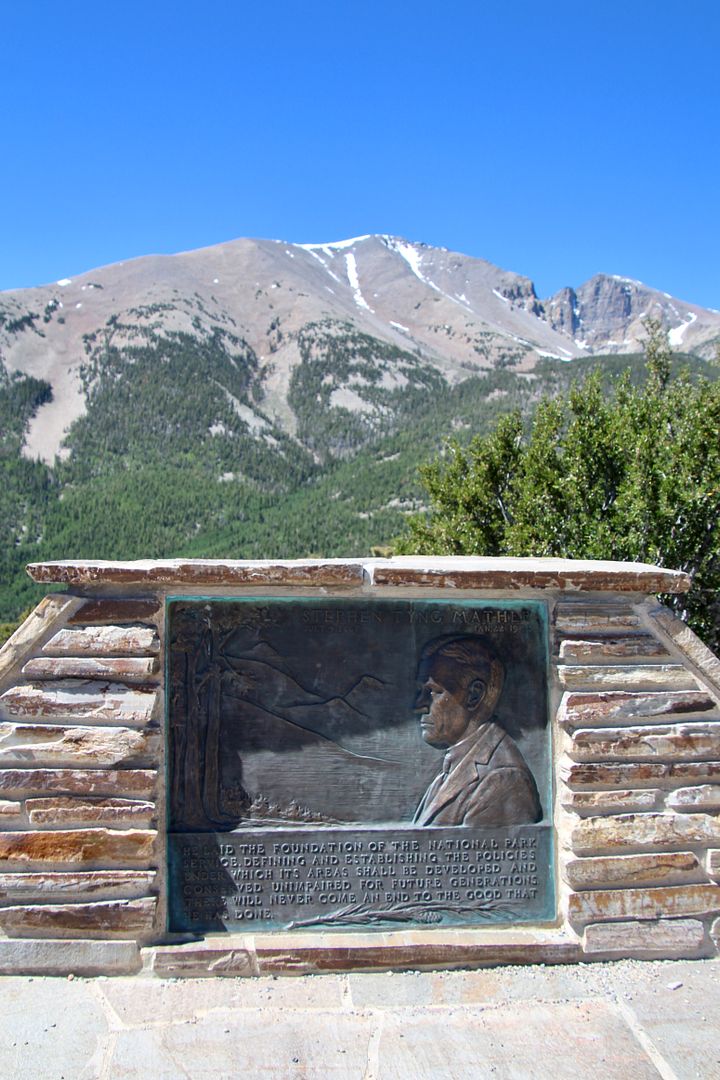

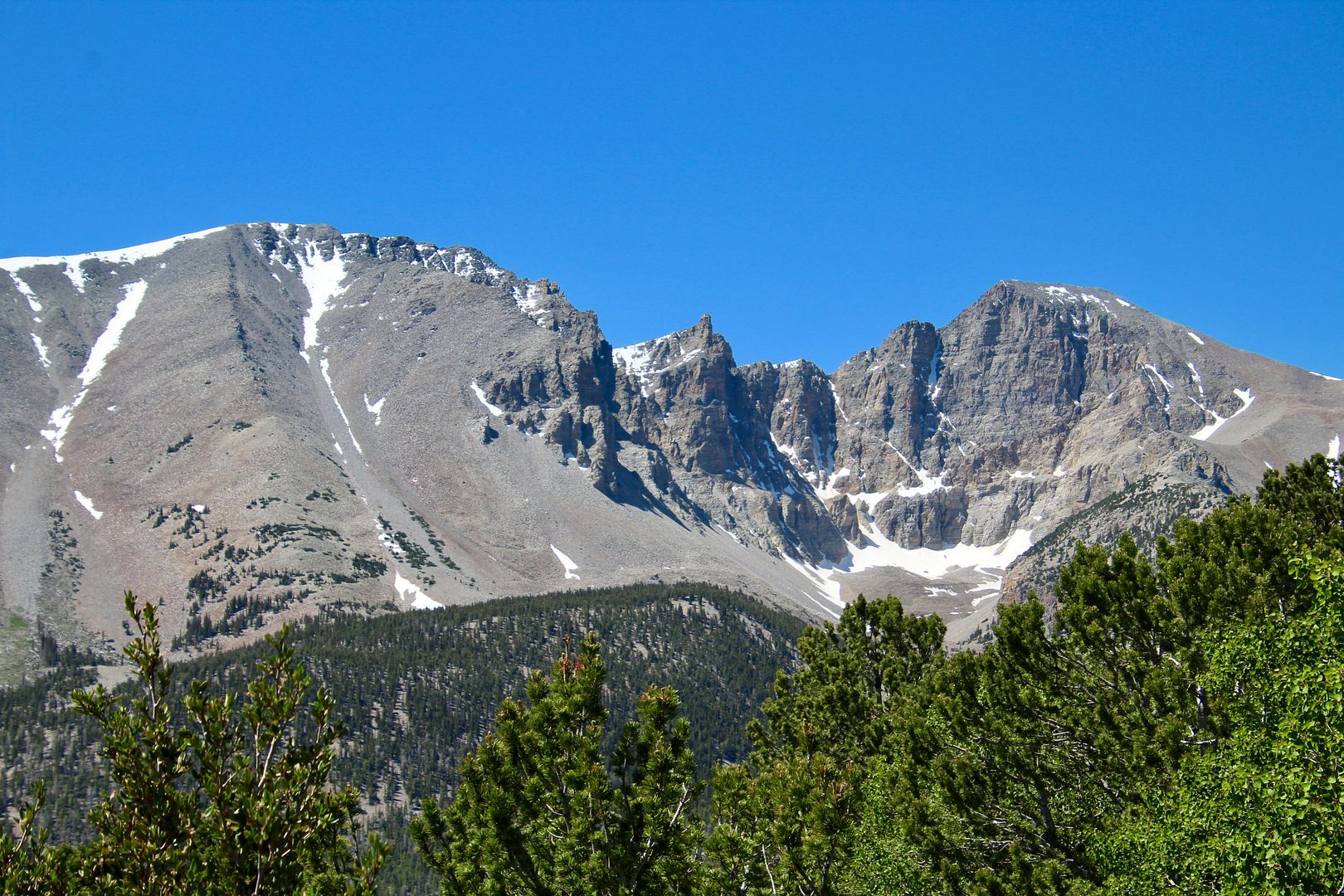

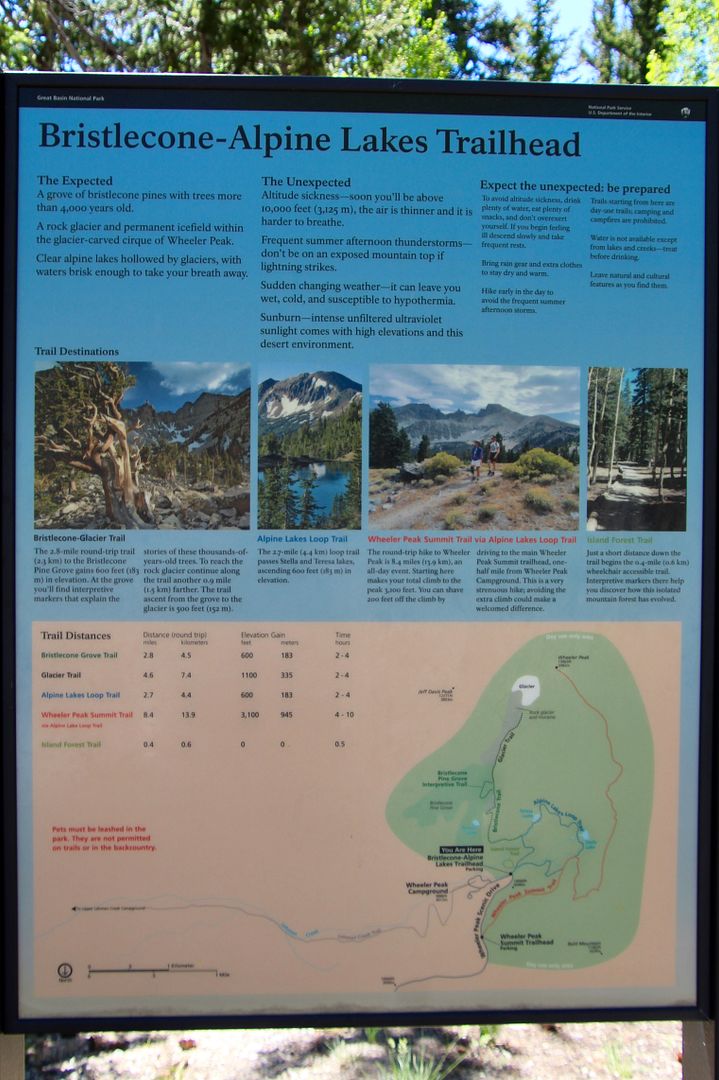
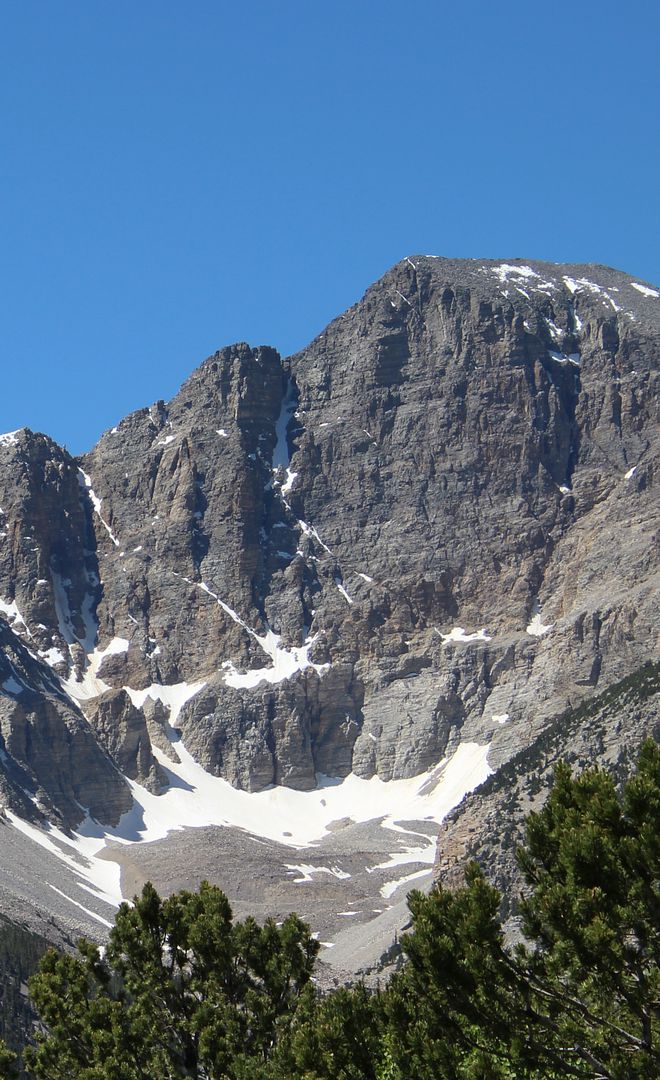
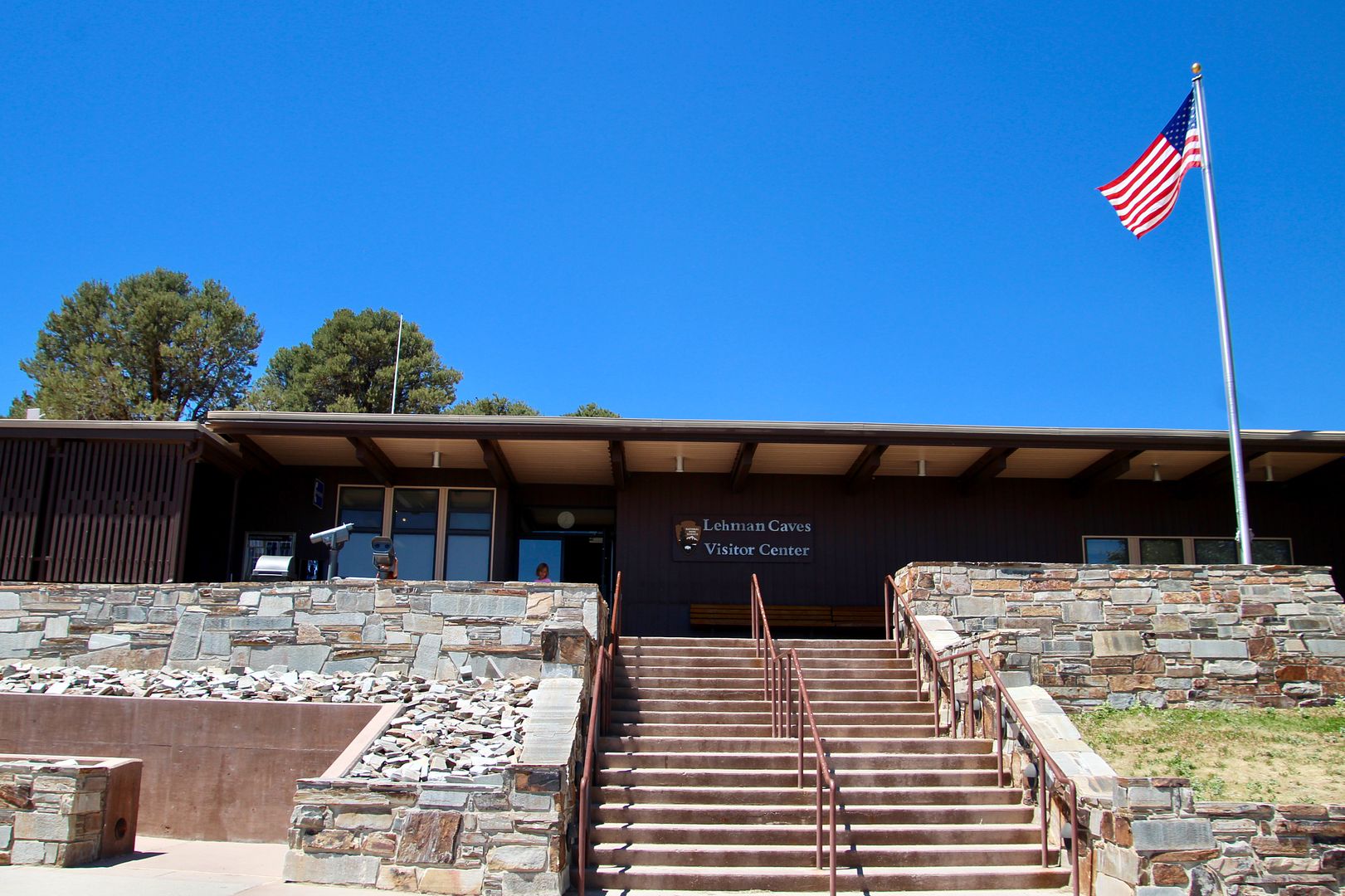
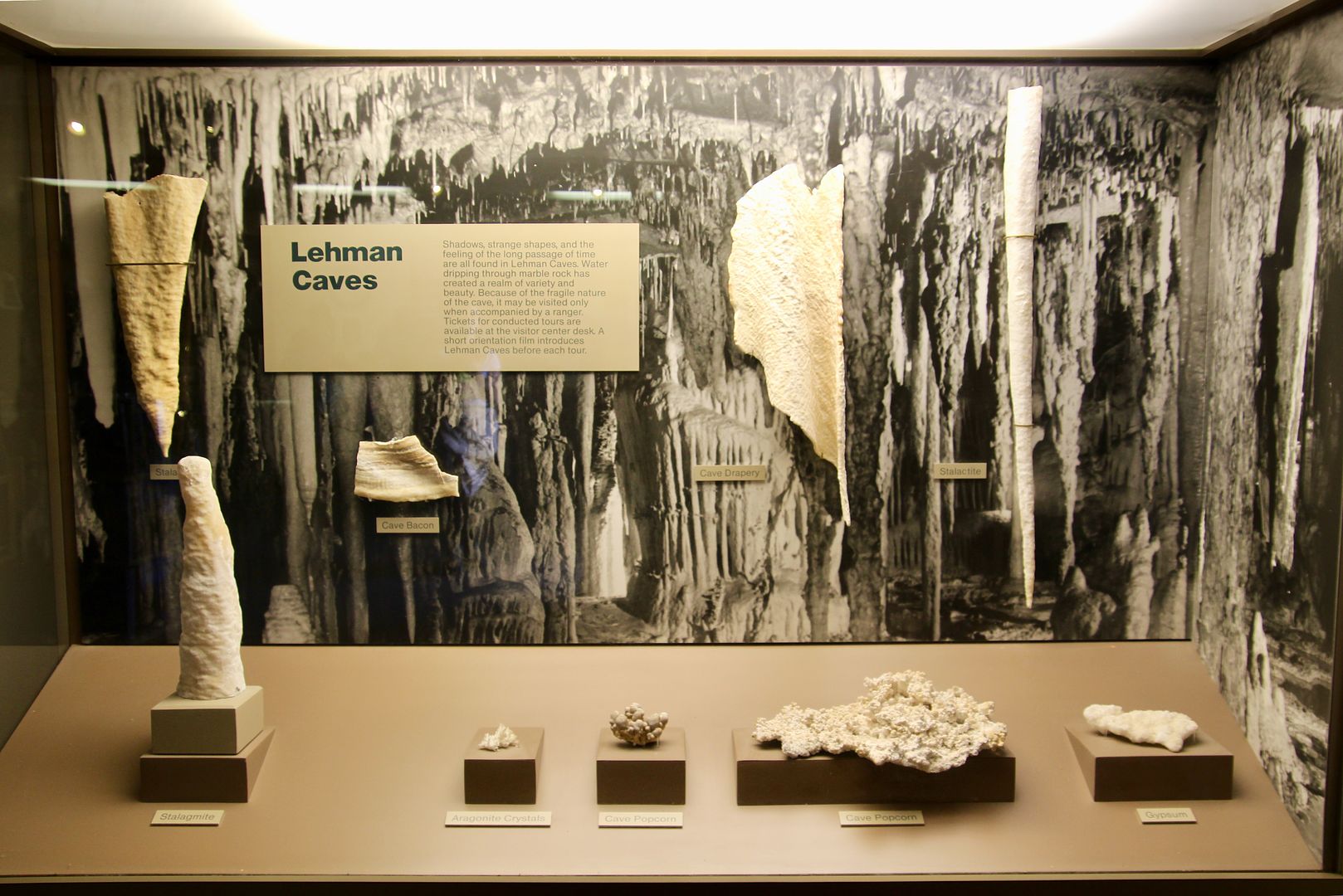
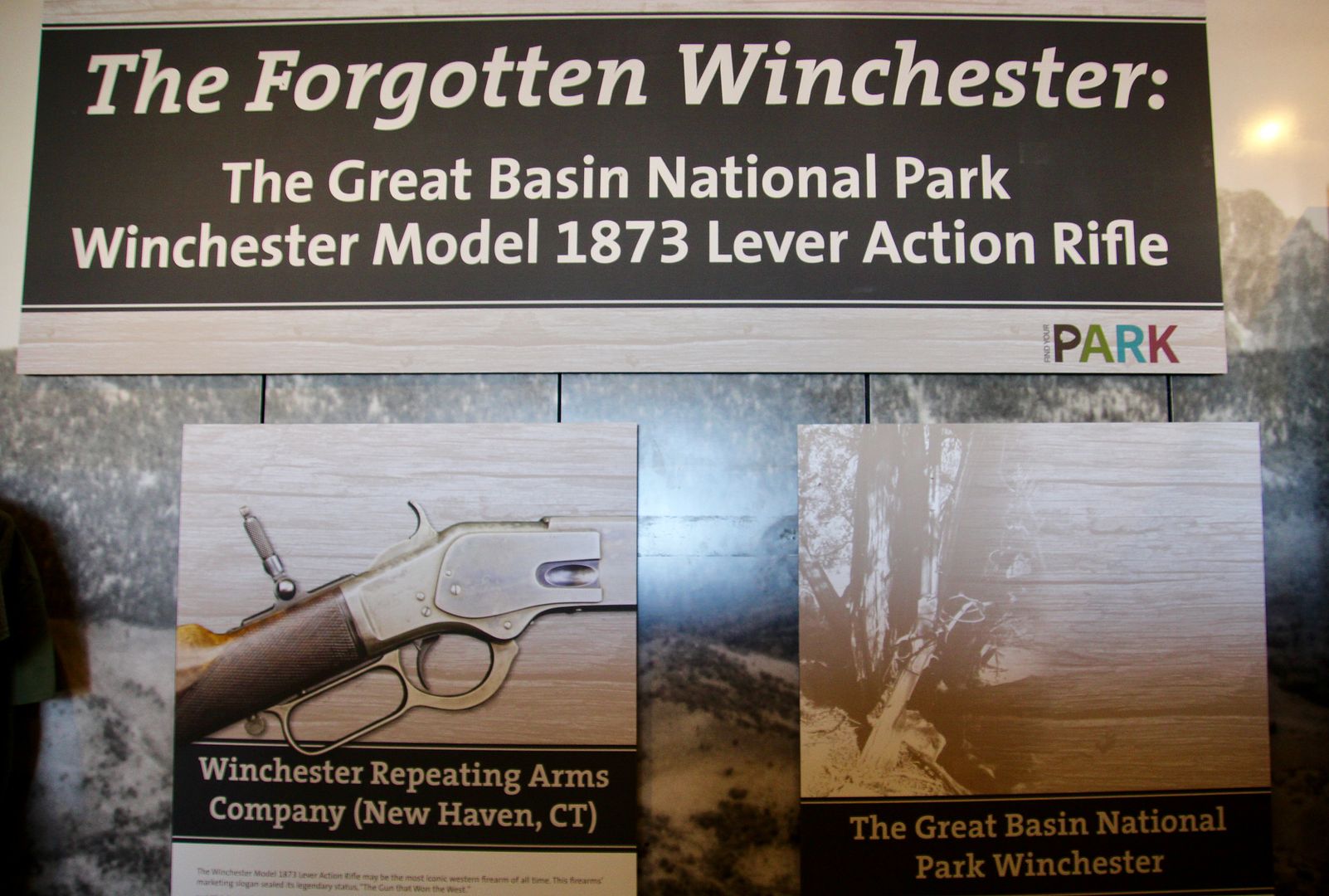
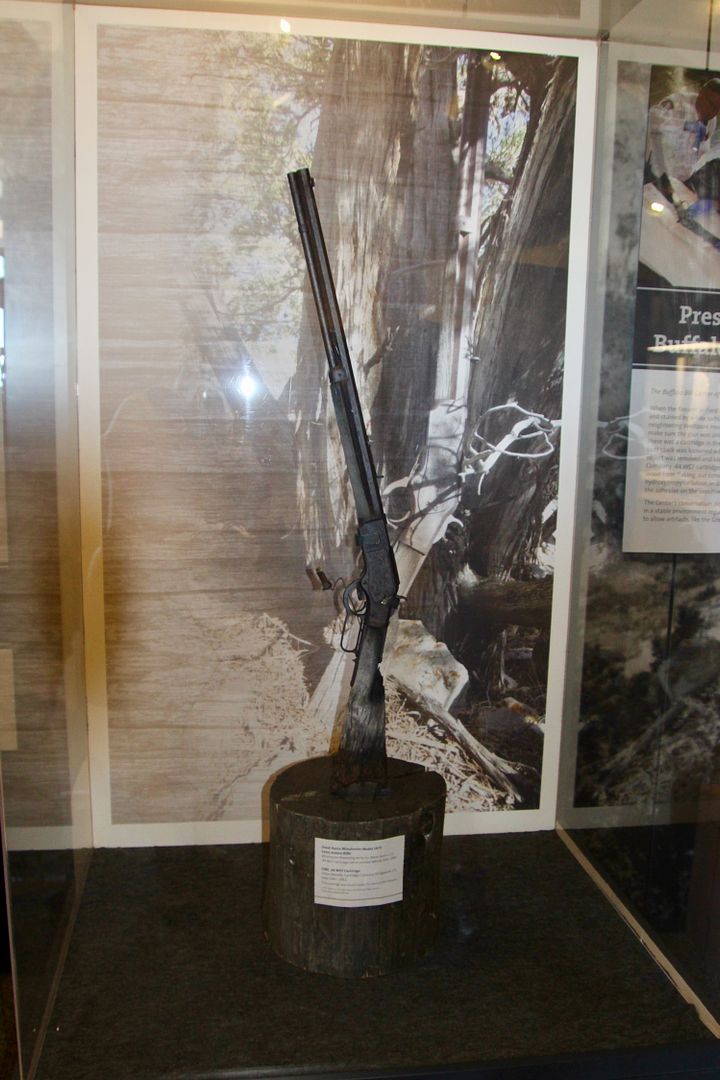


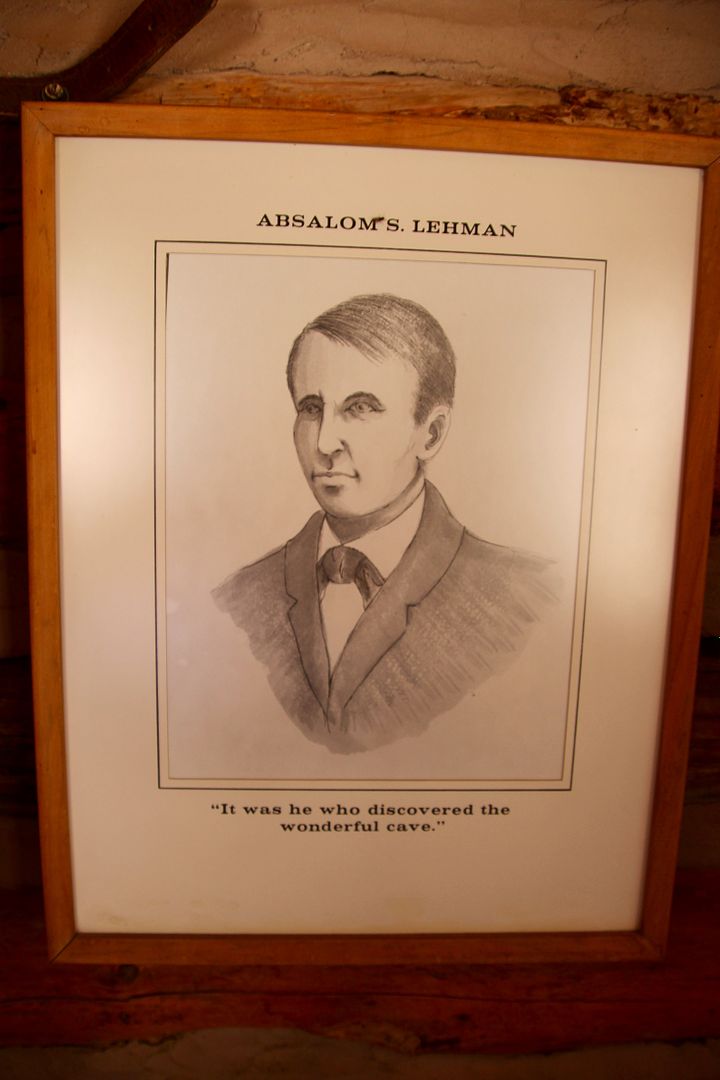
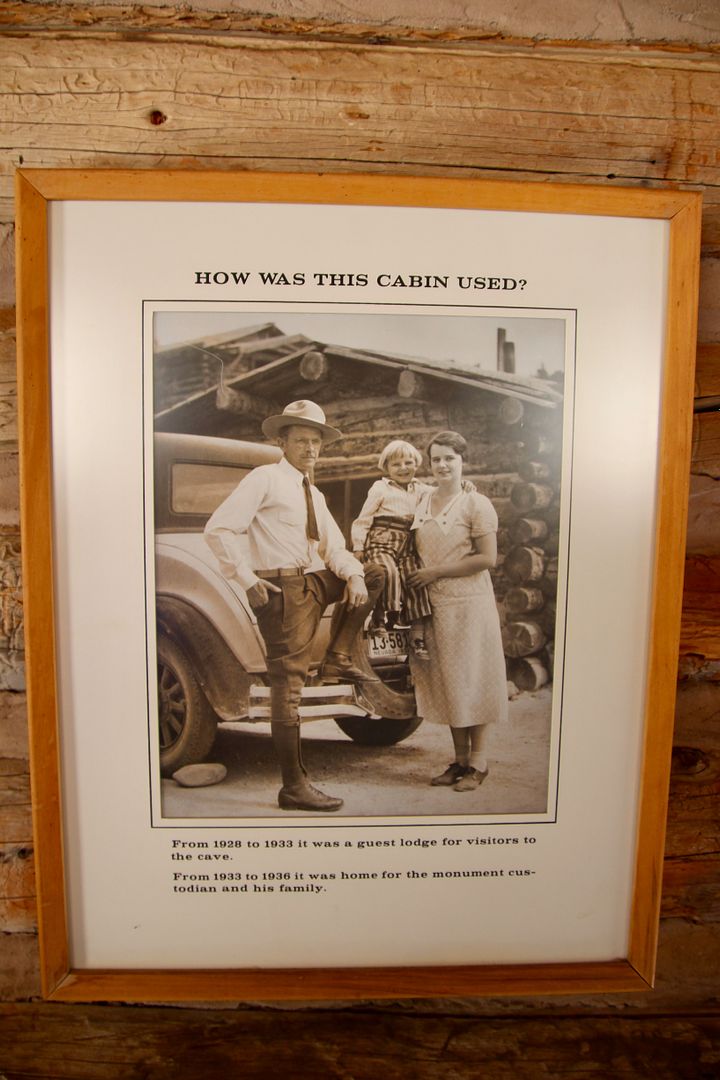
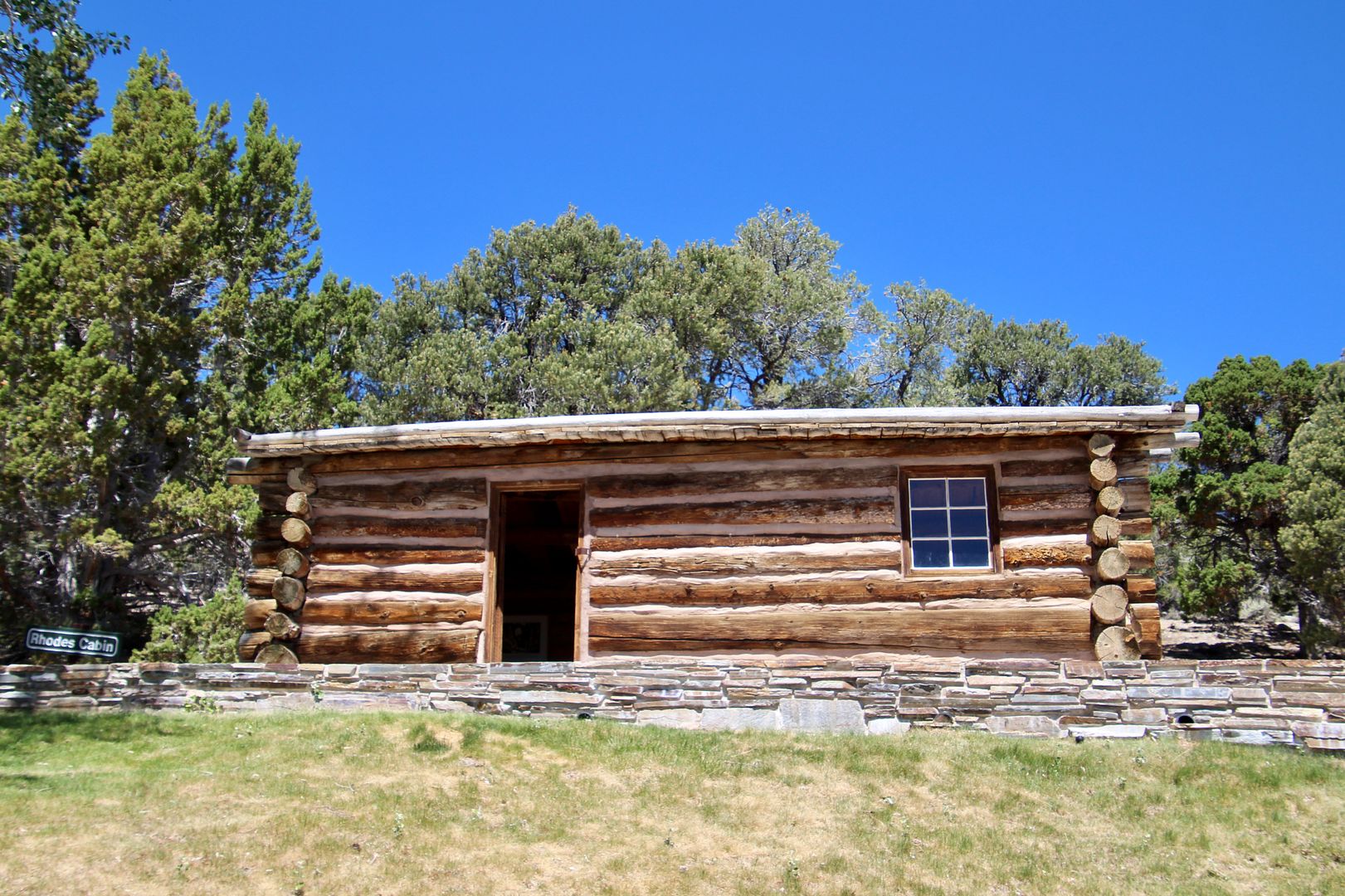
No comments:
Post a Comment